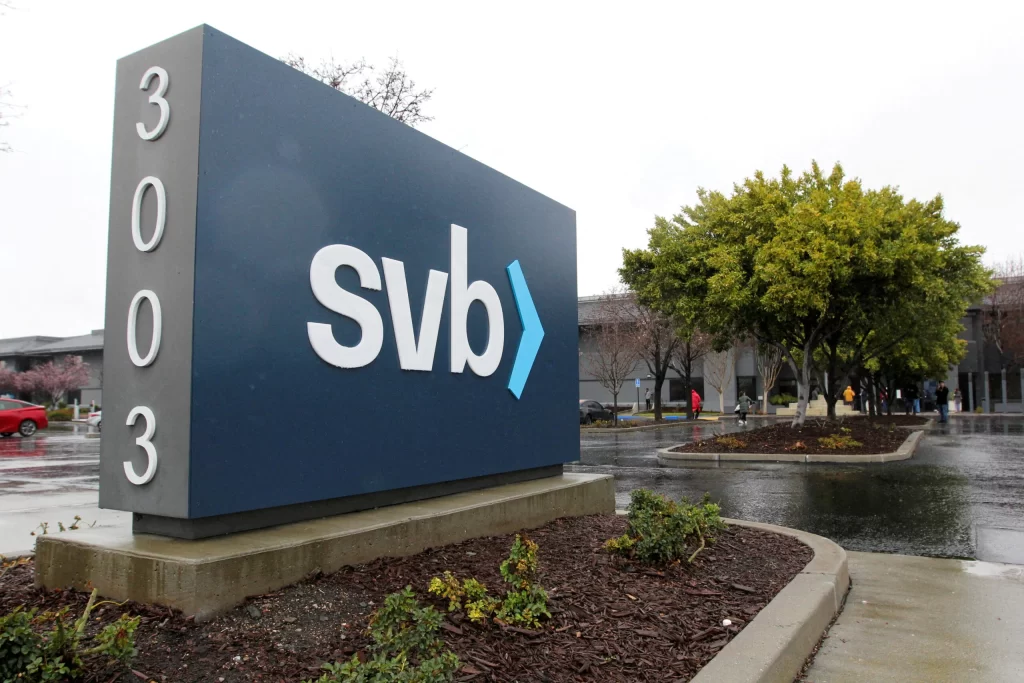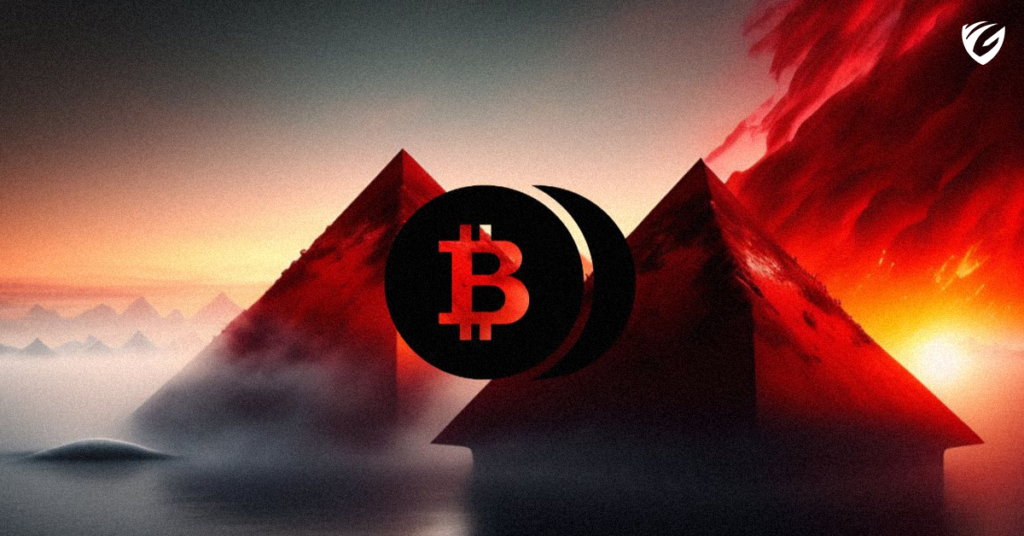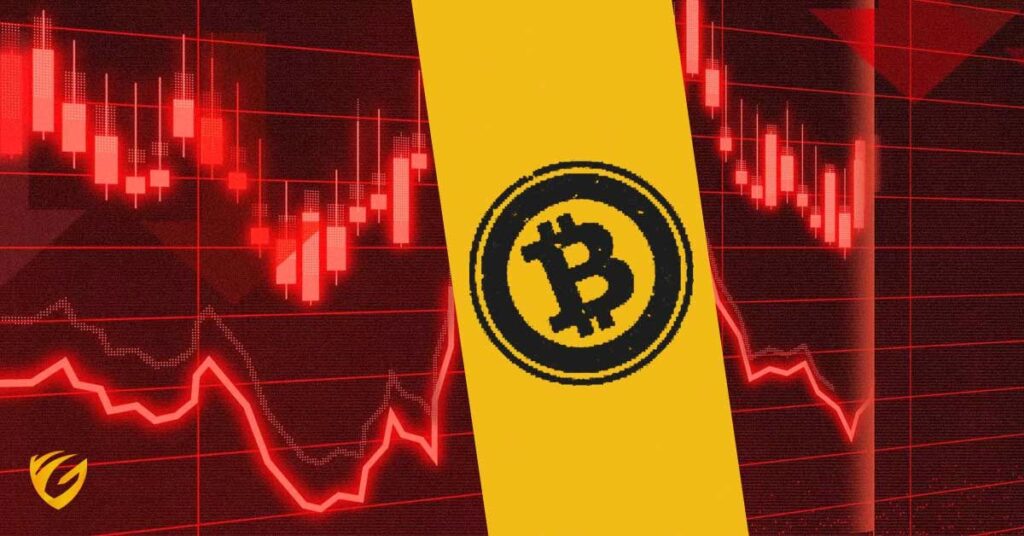Rug Pulls – Red Flags to Look Out For and How to Avoid Them
Crypto and DeFi are terms used to describe the world of decentralized finance (DeFi) and the crypto world as a whole. Both have become very popular over the past few years. However, if you’re not careful, you can get rug-pulled and lose a lot of money.
What is a rug pull and how does it happen with crypto projects?
A rug pull is an event where a project’s founders secretly take all the money from the project without telling anyone else about it and run off with it for their own profit. Although the term is only used in the context of crypto projects, it’s nothing new with projects in general – even highly successful ones like Enron and Madoff’s Ponzi scheme had rug pulls.
Common signs of a rug pull
There are many common signs that someone is trying to pull a rug from under you in a cryptoasset or DeFi setting. A sudden termination of a contract is the most obvious and alarming sign. However, there are other signs that something may be amiss as well. Here are a few examples:
The project appeared overnight
If the project appeared overnight and rapidly gained momentum, attracting thousands or even millions of investors in just a few months, this is probably too good to be true. Rug pulls usually appear out of nowhere, whereas legitimate cryptocurrencies or DeFi projects take a long time to develop. If the crypto project looks to have unrealistic goals or don’t have a proper plan to achieve them, these can be seen as red flags. When investors see red flags in the project’s development, they often panic and decide to sell all their coins at once, which results in a crash.
Anonymous developers
A good project should have transparency. Unfortunately, not all projects have that quality. They should have official communication channels and developers that are open about their work. Publicly available repositories that show updates are a good sign that a project is legit. Also, it’s useful to check if the project has a published roadmap with clearly defined milestones.The project’s origins should be clear (and they should be traceable). The more transparent the project is, the more confident investors will be that the project makes sense and won’t be fraudulent in some way. If the project’s origins are murky or difficult to trace, you should most likely steer clear of that project or token.
Low effort website and lacking social media presence
Many crypto projects offer little to no information on their websites. This can make investors nervous as they’re unsure what the project is about and who its leaders are. Furthermore, many crypto projects don’t have social media presences. This can make it very difficult for people to find information about them and raises doubts about whether the projects are even real or legitimate. As a result, many investors decide to avoid these crypto projects altogether and invest in others instead.
Disproportionate token distribution
Checking the token distribution of a project on sites like Etherscan will show you who holds the largest amount of tokens and how they are distributed. If a single entity or wallet holds at least 5% and more, selling it all at once is easy, making the risks of price manipulation or a rug pull higher. So the more distributed the token supply, the safer it is to invest in the project or token.
How to avoid scams and not feel like a fool?
The crypto space is full of scams and scammers and it’s often hard to separate the wheat from the chaff. Here are some guidelines that should help you stay out of trouble.
To help prevent getting rug-pulled, you should first only invest in the best and most stable cryptocurrency projects. Good projects have a transparent development team (often with active Twitter accounts) and an interactive community on Telegram or Discord. You should also only invest in cryptocurrency projects that are listed as being backed by reputable exchanges, wallets, and VCs. Finally, you should only keep a small amount of your favorite crypto coins in an online wallet; the less you expose your funds to online wallets, the safer you’ll be from theft and hacking.
There are also online tools you can use to identify a rug pull. Token Sniffer is one of them. Token Sniffer lists all the latest hacks and scam coins, so if you find a project or token on its list, then you know it’s a rug pull. Token Sniffer also lets you see which projects have been mentioned on sites like Coindesk and TechCrunch – you can filter out the scam coins to only see those that have been mentioned in legitimate places, so you can avoid getting fooled by fake news.
Another helpful tool is Rug Doctor. Rug Doctor was developed to objectively analyze crypto projects and identify common red flags for rug-pulling scams. The platform analyzes projects’ code and documents for red flags like excessive token supply or deep token lock-up periods, and flags these projects as potentially suspect for rug-pulling scams. If a token or poject is listed on Rug Doctor, there are good reasons to stay away from it.
Bottomline
To avoid getting rug-pulled in crypto and DeFi, don’t invest more than you can afford to lose in a certain crypto asset or currency. In other words, don’t invest your entire savings in crypto; keep some money in the bank or tucked away in your savings account as a safety net in case you get scammed or lose everything because of a sudden rug pull. Cryptos come with high risks and high rewards—sometimes both at the same time! Be sure to figure out your risk tolerance and invest accordingly, and never invest more than you are willing to lose!



